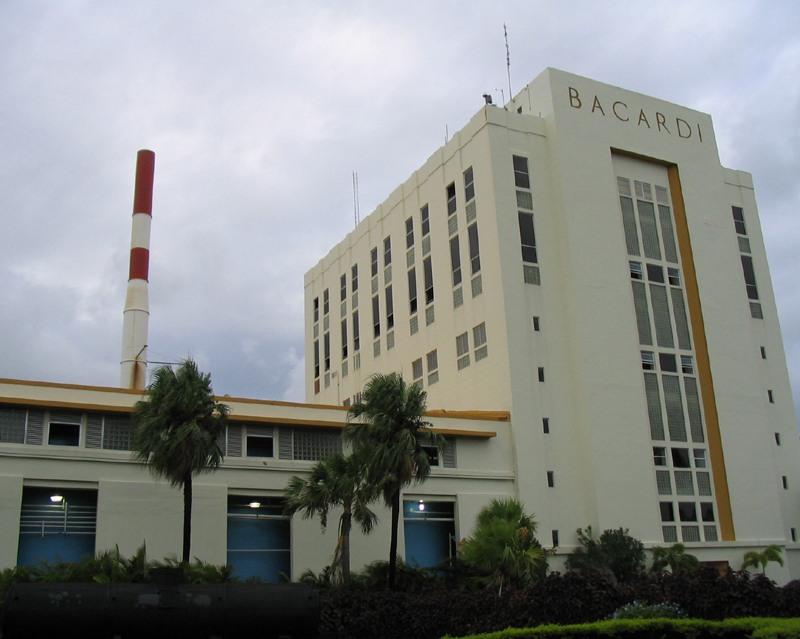
Recycling old materials is built into Bacardi Limited, the largest privately-held spirits company in the world, and is part of the company’s history. Bacardi founder, Don Facundo Bacardi Masso, opened his first distillery in 1862, and repurposing old whiskey barrels was part of his original plan. Flash forward to the present, and Bacardi is still recycling. Bacardi Bottling Corp.’s 92-acre Jacksonville, Florida site recycles materials used to bottle Bacardi rum. The site is the only bottling plant for Bacardi rum branded products sold in the U.S. A variety of materials are recycled at the bottling plant including glass, plastic, aluminum, paper and wastewater.
Bacardi also focuses on reducing the weight of its packaging and reducing hazardous waste. Packaging makes up about 57 percent of its spending on raw materials, totaling about 400,000 tons. Packaging is also responsible for half of the company's extended carbon emissions, which include emissions from its own operations and those of its suppliers. Since 2008, Bacardi has reduced the weight of its packaging by 23,000 tons, a 7.1 percent reduction. The company’s hazardous waste decreased by 1.5 percent in 2013.
Part of Bacardi’s Good Spirited sustainability program is to prevent landfill waste at all of its production sites by 2022. In 2013, 98.6 percent of its waste was recycled, reused or recovered. Bacardi launched the Good Spirited campaign in February in the more than 150 markets where it sells its brands, which include over 75 offices and 27 manufacturing and bottling facilities. Long before the launch of the Good Spirited program, the company started tracking its global environmental impacts in 2006, and since then has reduced nonrenewable energy use by 27.5 percent, greenhouse gas emissions by 28.5 percent and water use by 50 percent.
"Every single thing we do is to divert waste from landfills," explains Jacksonville-based Operations Development Manager Jennifer Eckberg. "It's the right thing to do."
Bacardi Limited has set three main sustainability goals:
- To source raw materials and packaging from sustainably sourced, renewable or recycled materials. The goal is to source 40 percent of the sugarcane-derived products used to make its rum from certified, sustainable sources by 2017, and 100 percent by 2022.
- To reduce the packaging for its products. The goal is to reduce the weight of its packaging by 10 percent by 2017, and 15 percent by 2022.
- To reduce water use and GHG emissions. The goal is to reduce water use by 55 percent by 2017 and GHG emissions by 50 percent.
Other sustainability measures include increasing renewable energy use and energy efficiency: Bacardi's rum facility in Puerto Rico is powered with wind power, while hydro-energy powers its Martini vermouth production facility in Italy. The historic Laverstoke Mill in England is turned into a green-certified distillery for Bombay Sapphire gin that will be powered with biomass and hydro-electricity. An energy efficient blending and shipping center is created in Scotland for Dewar’s and William Larson’s Scotch.
Image credit: PR BacardiCathedralOfRum

Gina-Marie is a freelance writer and journalist armed with a degree in journalism, and a passion for social justice, including the environment and sustainability. She writes for various websites, and has made the 75+ Environmentalists to Follow list by Mashable.com.














